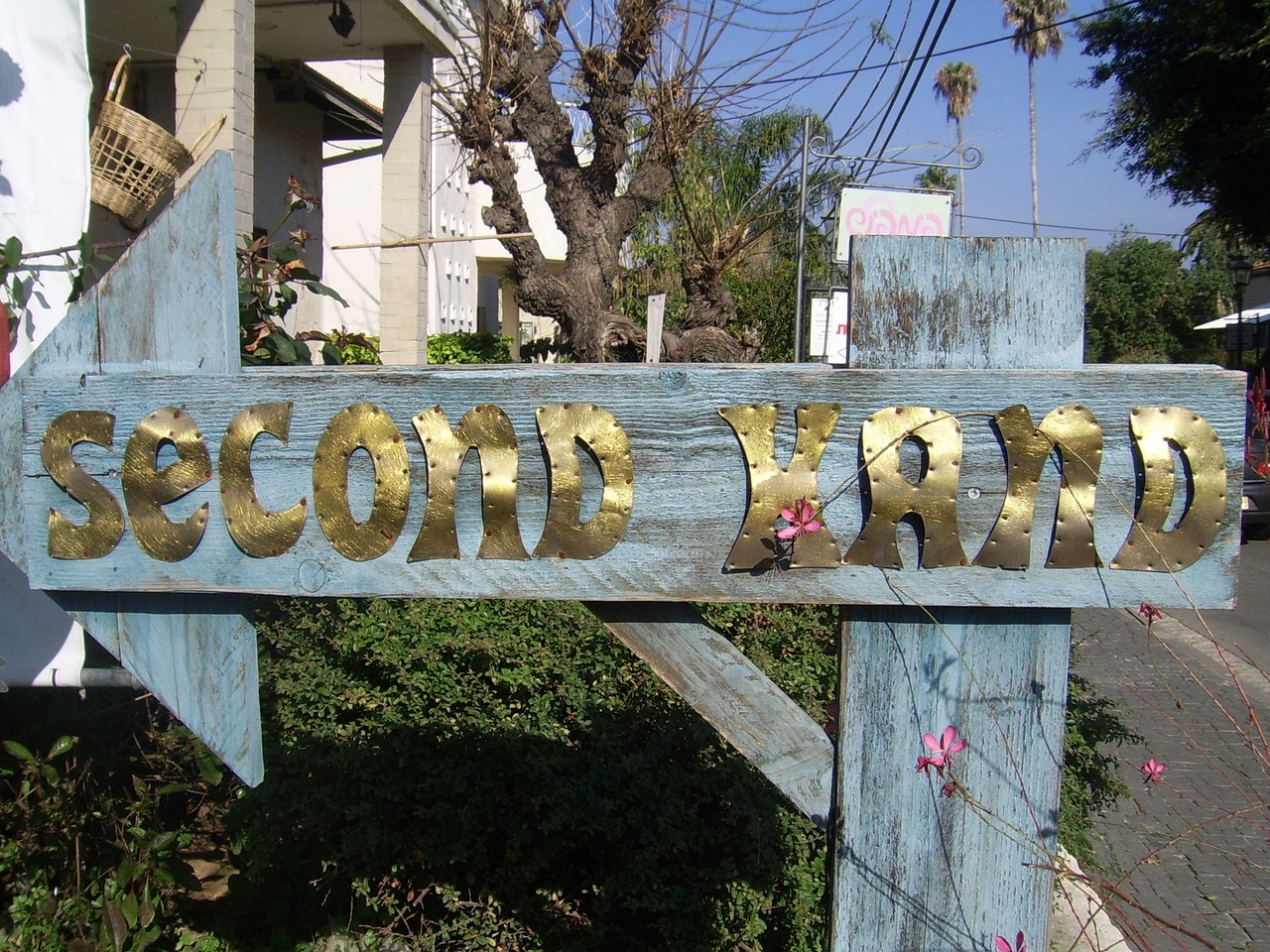
Thrifting is a great way to shop sustainably while also saving money and finding unique items. It involves buying second-hand items from thrift stores, consignment shops, and other second-hand retailers.
Thrifting is becoming increasingly popular as people become more aware of the negative impact of fast fashion on the environment and the need for sustainable living.
Understanding Thrifting:
Thrifting is not just about finding cheap clothes, but it’s also about reducing waste and supporting a circular economy. The circular economy is an alternative to the traditional linear economy where resources are extracted, used, and disposed.
In a circular economy, resources are kept in use for as long as possible, and waste is minimized. You are extending the life of products and reducing the amount of waste that goes to landfills, by buying second-hand items.
Benefits of Thrifting:
Thrifting has many benefits, including saving money, reducing waste, and finding unique items. When you buy second-hand items, you are not only saving money, but you are also reducing the demand for new products, which helps to reduce the environmental impact of manufacturing.
Thrifting also allows you to find unique items that you may not be able to find in traditional stores.
Key Takeaways
- Thrifting is a sustainable way of shopping that involves buying second-hand items from thrift stores, consignment shops, and other second-hand retailers.
- Thrifting helps to reduce waste and supports a circular economy by extending the life of products.
- Thrifting has many benefits, including saving money, reducing waste, and finding unique items.
Table of Contents
Table of Contents
Understanding Thrifting
Thrifting is a great way to save money while also being environmentally conscious. It involves purchasing secondhand items from thrift stores, charity shops, consignment shops, and other secondhand markets. It is a form of sustainable living that has gained popularity in recent years due to the rise of secondhand fashion.
History of Thrifting
The history of thrifting dates back to the 19th century when the first charity shop, called the Salvation Army, was opened in London. The goal of the shop was to provide affordable clothing to the poor.
The concept of thrift stores then spread to the United States in the early 20th century, where they were used to support various charities.
The Rise of Secondhand Fashion
In recent years, secondhand fashion has become increasingly popular due to its affordability and sustainability. Thrift stores and other secondhand markets have become a go-to for many people looking for unique and affordable clothing options.
The rise of social media has also contributed to the popularity of secondhand fashion, with many influencers and resellers showcasing their thrifted finds.
Secondhand fashion is also a great way to reduce waste and support sustainability. It is a way to contribute to a zero-waste lifestyle and support the circular economy.
Benefits of Thrifting
Thrifting is a great way to save money and help the environment at the same time.
When you thrift, you are reducing the amount of waste that goes to landfills, and you are also helping to reduce the demand for new products.
Environmental Impact
Thrifting is a sustainable way of living, since it reduces the amount of waste that goes to landfills. When you buy second-hand items, you are preventing them from ending up in the trash. This, in turn, helps to reduce the amount of waste that goes to landfills, which is better for the environment.
Additionally, thrifting reduces the demand for new products, which means less energy and resources are used to produce new items.
Economic Advantages
Thrift stores offer discounts and deals on items that are still in good condition. You can find designer items at a fraction of their original price.
Thrifting is a great way to stick to your budget while still getting the things you need.
Additionally, when you thrift, you are supporting small businesses and local communities. Many thrift stores are run by non-profit organizations, and the money they make goes back into the community.
Getting Started with Thrifting
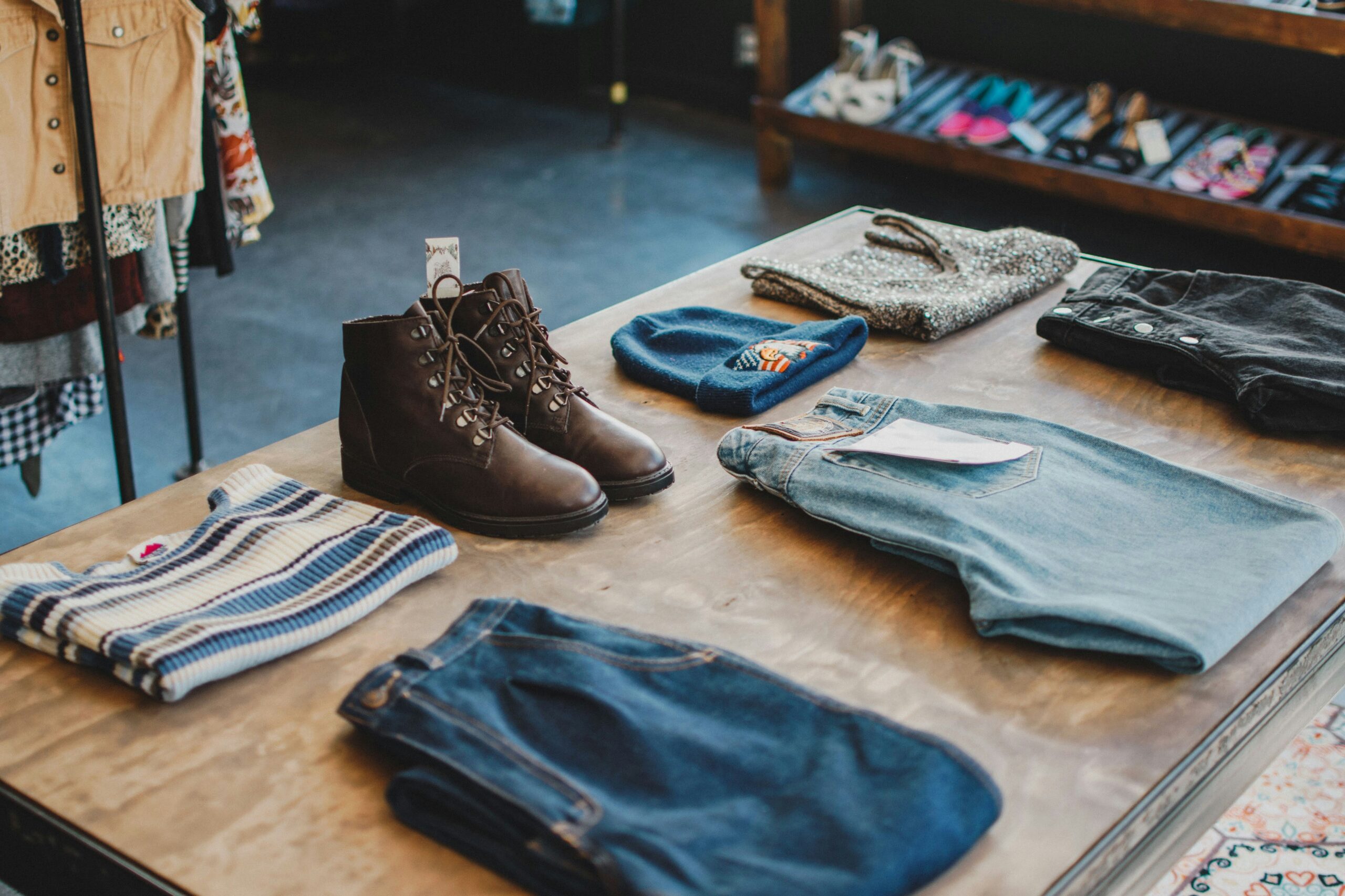
Thrifting is a great way to shop for clothes, furniture, and other items. However, it can be overwhelming for beginners. Here are some tips to help you get started with thrifting.
What to Know Before You Go
Before you start thrift shopping, do some research to find thrift stores in your area. You can do a quick search on the internet to find thrift stores near you.
Be patient and have an open mind. Thrift stores can be overwhelming and disorganized, but with a little patience, you can find some great deals.
Setting a Thrifting Budget
It’s easy to get carried away with thrifting and overspend. To avoid this, set a budget before you start shopping. Decide how much you’re willing to spend on each item and stick to your budget. This will help you avoid impulse purchases and save money in the long run.
Make a list of the items you need before you start shopping. This will also help you stay focused and avoid buying items you don’t need. Keep in mind that some items, such as furniture, may require additional expenses for repairs or cleaning.
Thrifting Strategies
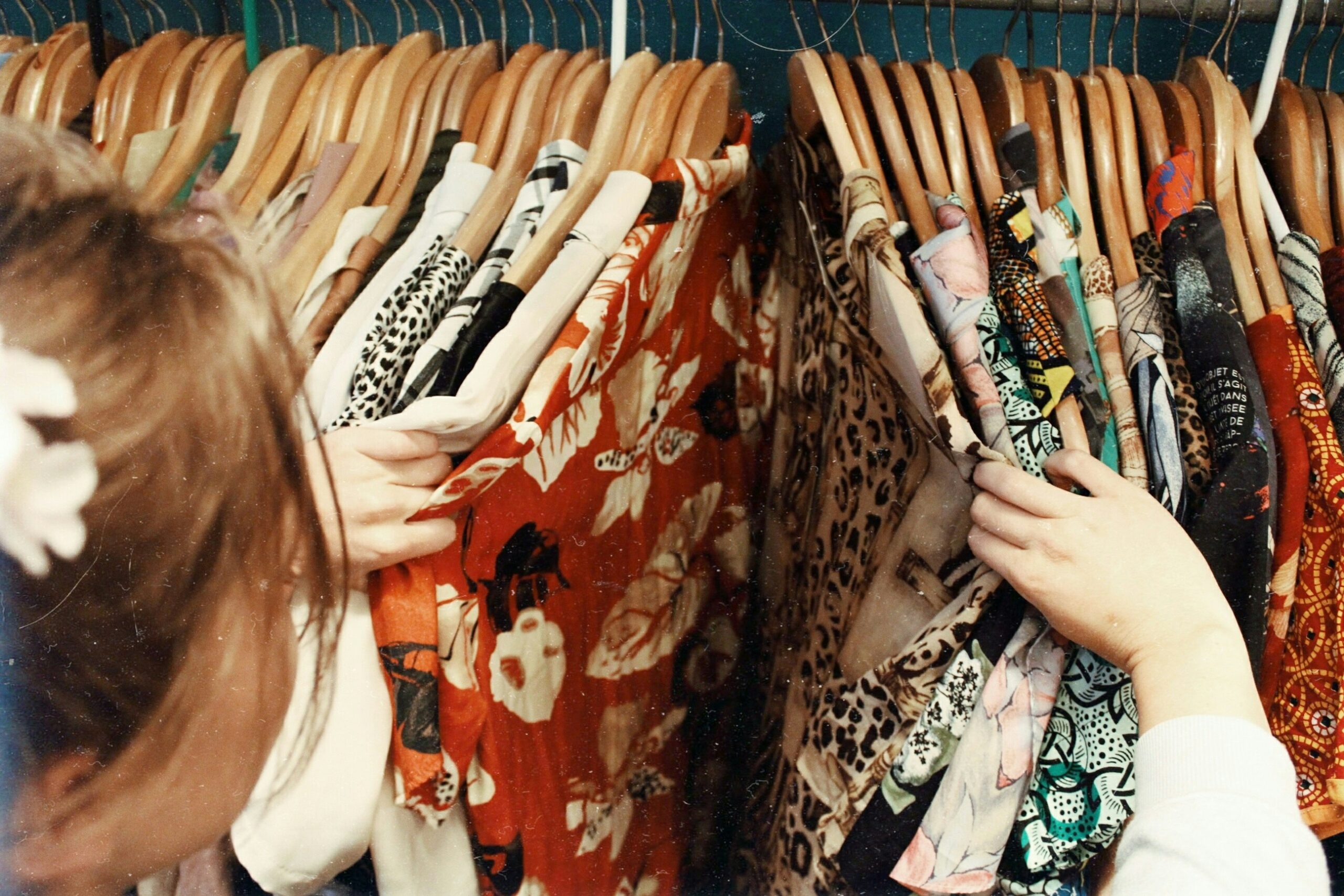
Thrifting is a great way to live a sustainable and zero-waste lifestyle while also saving money. However, it can be overwhelming to navigate through the racks of second-hand clothing.
Here are some thrifting strategies to help you find the best items for your wardrobe.
Best Times to Thrift
The best times to thrift are during the weekdays when the store is less crowded, and you have more time to search through the racks. Thrifting during the off-season can also be beneficial, as you can find items that are out of season, but still in excellent condition.
Additionally, thrift stores often restock their shelves on certain days, so it’s good to find out when new items will be available.
Thrifting for Quality
When thrifting, make sure to look for quality items that will last. Check the fabric of the clothing item to ensure it is durable and will withstand wear and tear. Also, check for any stains, holes, or loose threads.
Don’t be afraid to try on clothing items to ensure they fit properly. It’s better to take the time to find the right size than to purchase something that doesn’t fit well.
Another thrifting tip is to scan the racks quickly, looking for specific colors or patterns that catch your eye. This can help you narrow down your search and save time.
Additionally, make friends with the thrift store staff, as they can provide valuable information about new items and discounts.
Building Your Wardrobe
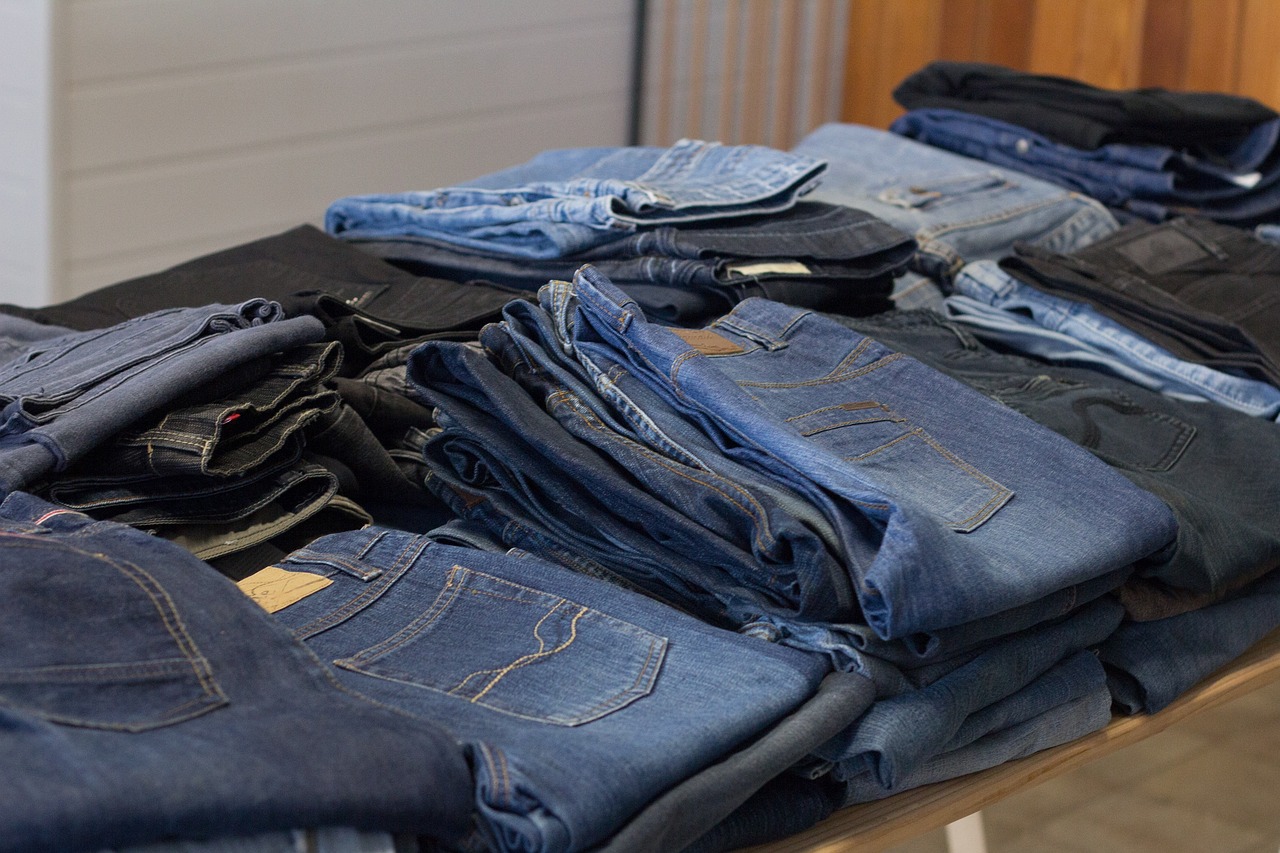
When it comes to building a sustainable wardrobe through thrifting, there are a few things to keep in mind. Finding your personal style and accessorizing your finds are two important aspects to consider.
Finding Your Personal Style
Before you start thrifting, make sure to have a clear idea of your personal style. This will help you focus on finding pieces that you’ll actually wear and enjoy. Take some time to think about what kind of style you’re drawn to.
Do you prefer a more classic look or something more trendy and edgy? Consider the colors, patterns, and fabrics that you like as well.
One way to get inspiration for your personal style is to create a fashion mood board. This can be done either digitally or with physical cutouts from magazines. Collect images of outfits, colors, and styles that you love. This will help you visualize your ideal wardrobe and make it easier to find pieces that fit your personal style.
Accessorizing Your Finds
Once you’ve found some great pieces through thrifting, it’s time to accessorize and bring your outfits to life. Accessories can take an outfit from basic to stylish in seconds. Start with the basics like jewelry, belts, and scarves. These can be found at thrift stores as well and can add a pop of color or texture to any outfit.
Don’t be afraid to mix and match different accessories to create a unique look. For example, try layering necklaces of different lengths or stacking bracelets. You can also use accessories to add some color to a neutral outfit or to tone down a bold piece.
Remember, building a sustainable wardrobe through thrifting takes time and patience. Keep an open mind and don’t be discouraged if you don’t find something on your first trip. With a little bit of effort and creativity, you can create a wardrobe that reflects your personal style and values while also reducing waste and supporting sustainability.
Thrifting for Different Needs
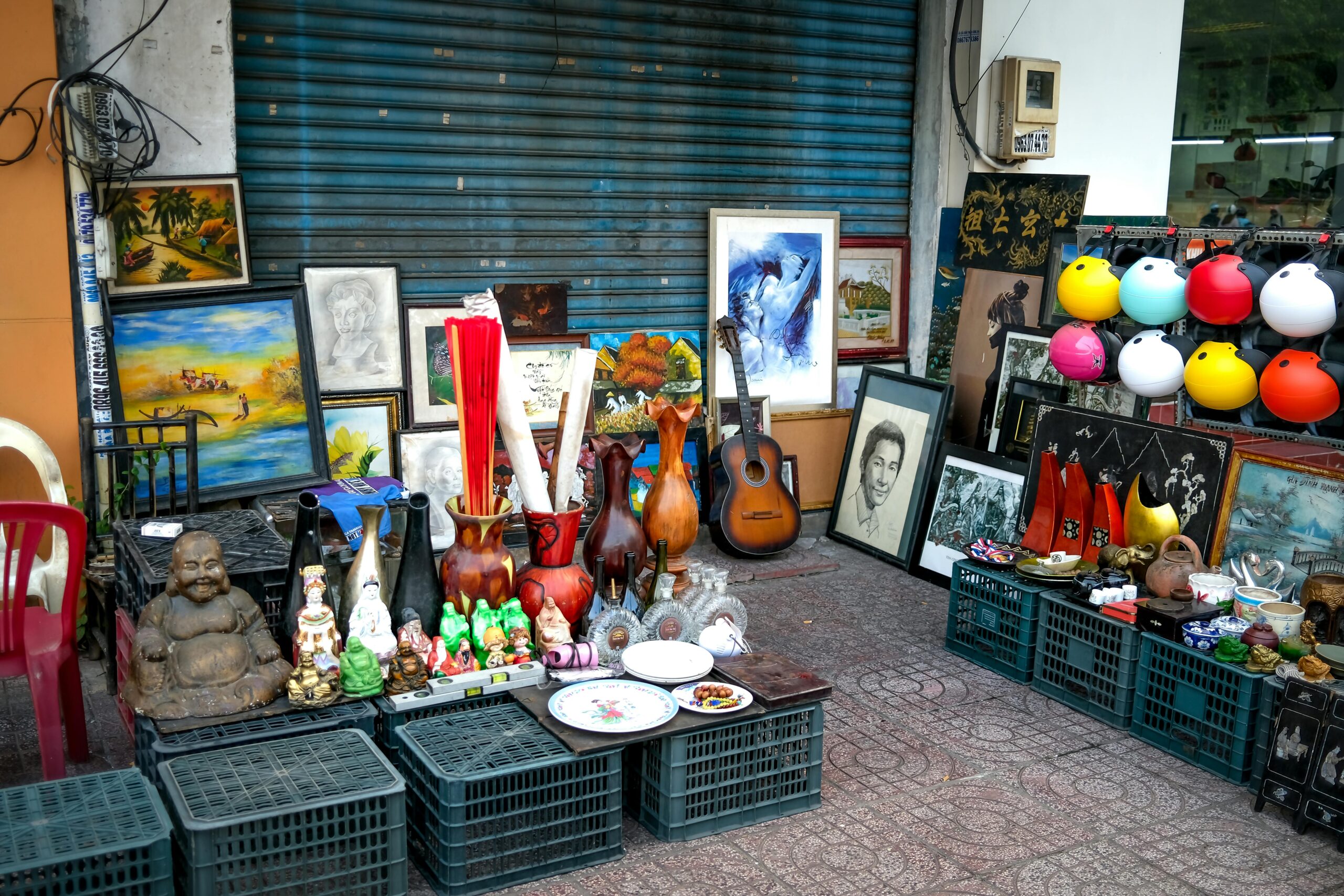
Thrifting is a great way to find unique and affordable clothing options for all ages and sizes. Whether you’re thrifting for yourself or for your kids, there are plenty of options to choose from. Here are some tips on thrifting for different needs.
Thrifting for Women
When thrifting for women, it’s important to keep in mind the different sizes and styles that are available. Plus-size thrifting is becoming more popular, so don’t be afraid to ask the store if they have a plus-size section. You can also find comfortable shoes and accessories that can complete your outfit.
To make your thrifting experience more sustainable, try to focus on finding items that you will wear frequently and that can be paired with multiple outfits. Consider looking for natural fibers like cotton or linen, as they are more eco-friendly than synthetic materials.
Thrifting for Kids
Thrifting for kids can be a great way to save money and reduce waste. Kids grow out of clothes quickly, so you can find gently used items that are still in great condition. Look for items that are comfortable and easy to wear, like t-shirts and leggings.
When thrifting for kids, it’s important to pay attention to the sizing. Kids’ clothing sizes can vary by brand, so be sure to try things on or check the measurements before purchasing. You can also find great deals on toys and books.
Plus-Size Thrifting
Thrifting for plus-size clothing can be a challenge, but there are ways to make the process easier. Look for stores that specialize in plus-size clothing, or ask if the store has a plus-size section. You can also find great deals on accessories like belts and scarves.
When thrifting for plus-size clothing, make sure to pay attention to the fit. Don’t be afraid to try things on or ask for measurements. Look for items that are comfortable and versatile, like flowy tops and dresses.
The Thrift Store Experience

Thrift stores are a great place to find unique and affordable clothing, accessories, and home decor items. Navigating these stores can be overwhelming, but with a little know-how, you can make the most of your thrift store experience.
Navigating Thrift Stores
When you first enter a thrift store, take a moment to get your bearings. Look around to get an idea of what the store has to offer. Many thrift stores have a wide variety of items, including clothing, shoes, accessories, furniture, and home decor.
To make the most of your thrift store experience, it’s important to have a plan. Make a list of the items you’re looking for and prioritize them. This will help you stay focused and avoid getting overwhelmed.
When you’re shopping for clothing, take the time to try items on. Sizes can vary widely between brands and even between different items from the same brand. Trying on clothes will help you avoid buying items that don’t fit properly.
Thrifting with Friends
Thrifting with friends can be a fun and rewarding experience. You can help each other find great deals and offer opinions on potential purchases.
One of the best things about thrifting with friends is the opportunity to share finds. They may have a different perspective or see potential in an item that you overlooked.
Thrifting and Technology

Thrifting has always been a popular way to save money and reduce waste, but with the rise of technology, thrifting has become even more accessible and convenient.
We will explore how technology has impacted the world of thrifting and made it easier for people to find second-hand treasures.
Online Thrifting Platforms
One of the most significant advancements in thrifting technology has been the development of online thrifting platforms. Websites like ThredUp and Poshmark have made it easy for people to buy and sell second-hand clothing from the comfort of their own homes.
These platforms offer a wide variety of clothing options, from high-end designer pieces to everyday basics, and allow users to filter their searches by size, brand, and style. Check out the 15 Best Online Thrift Stores for the Remote Thrifter.
ThredUp, in particular, has gained popularity in recent years due to its user-friendly interface and commitment to sustainability. The company’s 2021 Resale Report found that the resale market is growing at a rapid pace, with the secondhand market expected to reach $77 billion by 2025. This research highlights the importance of sustainable fashion and the role that online thrifting platforms can play in reducing waste.
Social Media and Thrifting
Social media has also played a significant role in the rise of thrifting, with platforms like TikTok and Instagram showcasing the thrill of finding unique second-hand items. TikTok, in particular, has become a viral hub for thrift hauls and thrift flips, with users sharing their finds and DIY projects with millions of viewers.
In addition to TikTok, Instagram has also become a popular platform for thrifting enthusiasts. Many thrift stores and sellers have created Instagram accounts to showcase their inventory and attract customers.
Maximizing Thrift Finds

Thrift shopping is a fun and sustainable way to update your wardrobe or home décor without breaking the bank. However, it can be overwhelming to navigate through the sea of secondhand items. Here are some tips to help you maximize your thrift finds.
Repurposing and Upcycling
One way to make the most out of your thrift finds is to repurpose or upcycle them. For example, you can turn an old sweater into a cozy pillow cover or a vintage teapot into a unique planter. This not only gives new life to old items but also reduces waste and promotes sustainability.
Check out my article on what to do with old baseball hats for additional inspiration.
If you want more ideas on how to repurpose an item, try doing a quick search on the internet for ideas.
Care and Maintenance of Thrifted Items
Taking good care of your thrifted items is essential to ensure they last for a long time. Here are some tips to keep in mind:
- Check the care label: Make sure to read the care label on clothing items to avoid damaging them during washing or drying. If the label is missing, you can search online for care instructions based on the fabric type.
- Mend and repair: Before wearing or using your thrifted items, check for any signs of wear and tear. If there are any holes, loose threads, or missing buttons, take the time to mend or repair them. This will not only extend the life of the item, but also prevent further damage.
- Clean and sanitize: It’s important to clean and sanitize secondhand items before using them. Wash clothing items in hot water with a mild detergent, and use a disinfectant spray or wipes on non-clothing items.
Thrifting as a Business
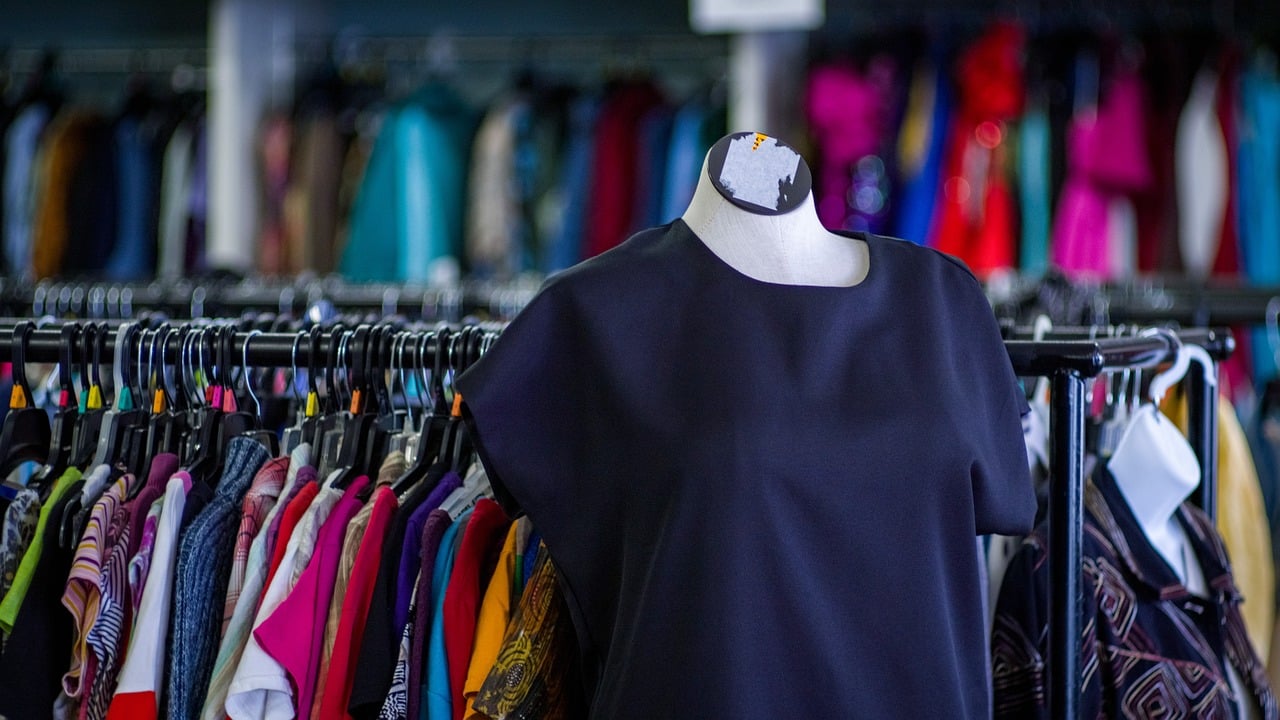
Thrifting can be more than just a hobby or a way to save money. It can also be a lucrative business.
With the rise of sustainable living and zero-waste movements, the demand for secondhand items has increased. This creates an opportunity for resellers to make a profit while promoting eco-friendly practices.
Starting a Reselling Business
Starting a reselling business can seem overwhelming, but it doesn’t have to be. One of the first steps is to create a business plan. This plan should include your goals, target market, marketing strategies, and financial projections. It will help you stay organized and focused on your business.
When starting a reselling business, make sure to consider the legalities. You may need to obtain a business license and register for taxes. You should also research the regulations in your area regarding reselling.
Another important aspect of starting a reselling business is finding a platform to sell your items. Popular options include online marketplaces such as eBay, Etsy, and Depop. You can also consider setting up your own website or selling at local markets and vintage stores.
Finding Gems for Resale
The key to a successful reselling business is finding gems that will sell for a profit. This requires a keen eye for quality and value. It’s important to do your research and learn about popular brands, styles, and trends.
One way to find gems for resale is to visit thrift stores regularly. Look for items that are in good condition and have a unique or timeless style. You can also consider buying in bulk from thrift stores to get better deals.
Another way to find gems for resale is to attend estate sales and garage sales. These can be a treasure trove of vintage and unique items. Just remember to arrive early and be prepared to negotiate prices.
Community and Thrifting

Donating to Thrift Stores
One of the best ways to support your local community is by donating to thrift stores. Instead of throwing away clothes that you no longer wear, you can donate them to your local thrift store.
This not only helps the environment by reducing waste, but it also helps those in need. Thrift stores often partner with local charities to provide clothing to those who cannot afford it.
When donating to thrift stores, remember that they have limited space and resources. Make sure to only donate items that are in good condition and can be resold. If you have items that are stained, ripped, or damaged, consider repurposing them or recycling them instead.
Thrifting and Local Communities
Thrifting is not only a fun and affordable way to shop, but it also supports your local community. When you shop at thrift stores, you are supporting small businesses and helping to reduce waste. Thrift stores often partner with local charities to provide clothing to those in need, so your purchases can have a positive impact on your community.
In addition to thrift stores, garage sales and estate sales are also great places to find unique items while supporting your local community. When you shop at garage sales and estate sales, you are helping individuals and families earn extra cash while also finding new homes for their unwanted items.
Challenges and Considerations
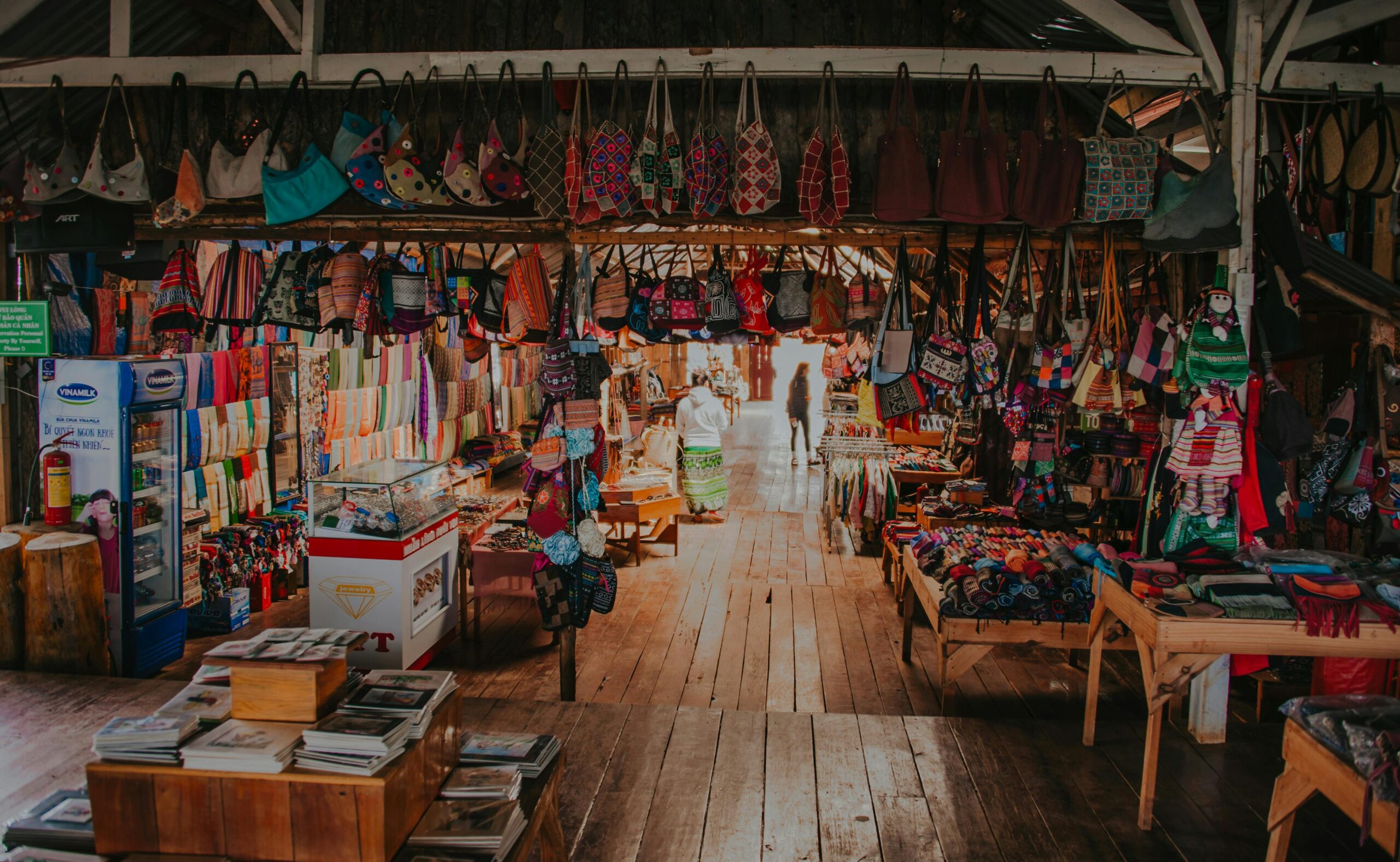
Thrifting is a great way to reduce your environmental impact and save money. However, it can also present some challenges. Here are some considerations to keep in mind when you are thrifting.
Avoiding Fast Fashion
One of the main reasons people turn to thrifting is to avoid supporting the fast fashion industry. However, it can be difficult to tell which items are truly sustainable and which are simply overstock from fast fashion retailers. To avoid contributing to the problem, look for high-quality, timeless pieces that are made from natural fibers. Avoid items that are obviously trendy or cheaply made.
Dealing with Overwhelming Selection
One of the biggest challenges of thrifting is dealing with the overwhelming selection of items. It can be tempting to buy everything that catches your eye, but this can lead to a cluttered closet and a lot of wasted money. To avoid feeling overwhelmed, make a list of the items you are looking for before you go thrifting. This will help you stay focused and avoid buying items you don’t need.
Another way to deal with the overwhelming selection is to shop at stores that have a curated selection. Some thrift stores focus on high-end and designer items, which can make it easier to find high-quality pieces without getting lost in a sea of cheap clothing.
Frequently Asked Questions

How do I find the best thrift stores near me?
Finding the best thrift stores near you is easier than you think. Start by asking friends and family for recommendations, or use online directories to search for thrift stores in your area. When looking for the best thrift stores, consider their reputation, cleanliness, and selection of items.
You can also check out reviews online to see what other customers have to say. Don’t forget to explore thrift stores in different neighborhoods or cities for a wider selection of items.
What should I look for when thrifting clothing?
When thrifting for clothing, make sure to inspect items carefully before purchasing. Look for high-quality fabrics, such as cotton, wool, and silk, and check for any signs of wear and tear. Make sure to try on clothing to ensure proper fit, and don’t be afraid to get creative with styling.
Keep an eye out for unique pieces that can be paired with items you already own to create a one-of-a-kind outfit.
Can you thrift furniture and if so, how?
Yes, you can thrift furniture! When thrifting for furniture, consider the size and style of the piece, as well as its condition. Look for solid wood construction and sturdy frames, and inspect upholstery for any signs of damage or wear.
Don’t be afraid to get creative with repurposing furniture, such as using a vintage dresser as a TV stand or turning an old door into a coffee table.
What are some tips for thrifting online effectively?
When thrifting online, make sure to read item descriptions carefully and check seller reviews before making a purchase. Look for high-quality photos that show the item from multiple angles, and don’t hesitate to ask the seller questions if you have any concerns. Consider the cost of shipping and factor it into the overall price before making a purchase.
Why has thrifting become such a popular trend?
Thrifting has become a popular trend due to its affordability, sustainability, and unique finds. By shopping secondhand, you can save money while also reducing your environmental impact.
Thrifting also allows for more creative expression, as you can find one-of-a-kind pieces that aren’t available in traditional retail stores.
What are some benefits of thrifting for both buyers and the environment?
Thrifting has numerous benefits for both buyers and the environment. By shopping secondhand, you can save money while also reducing waste and supporting local businesses.
Thrifting also helps to reduce the demand for new products, which can help to reduce the environmental impact of manufacturing and shipping.

I’m Chris, a passionate advocate for sustainability, sharing my journey and tips from our vibrant family farm. With a background rooted in zero-waste living and a heart committed to eco-friendly practices, I aim to empower others through my blog. Each post is a blend of personal experiences or a question I have once pondered, and practical advice for those looking to make sustainable choices in their daily lives. Join me in making every step a greener one, as we explore the joys and challenges of living sustainably together.